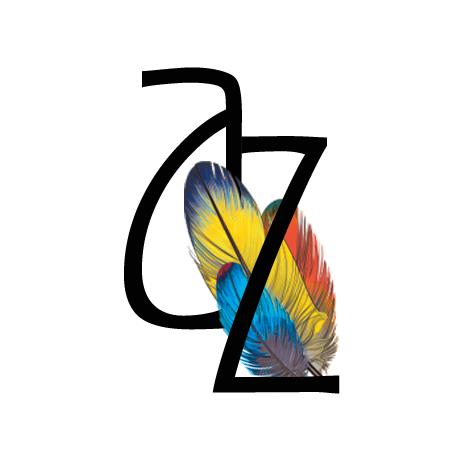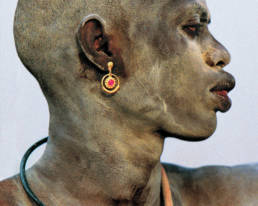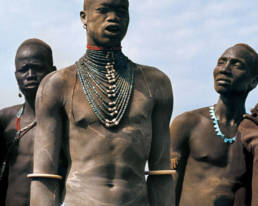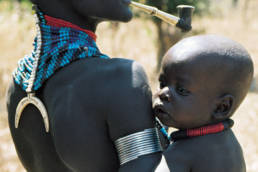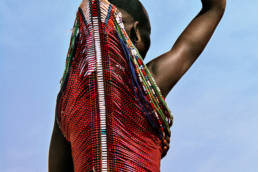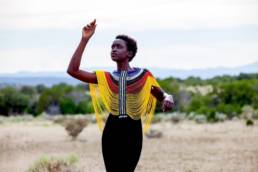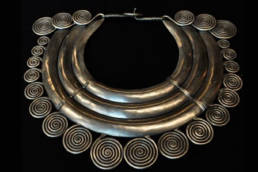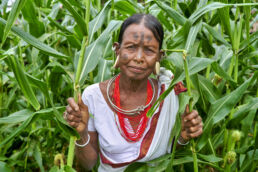The Dinka and the Art of Beading: A Tapestry of Tradition for All
The Dinka people, residing in the swamplands of the Sudd in southern Sudan, have a vibrant cultural heritage that is intricately woven with their traditional practices and beliefs. Among the many facets that define their identity, the art of beading holds a special place. In this blog post, we will explore how beading is used in Dinka culture, not only by women but also by men, and how it transcends age to express their traditions and values.
Beaded Adornments for Women
In Dinka culture, women play a significant role in the art of beading. They create and wear elaborate beaded necklaces, bracelets, and headpieces that serve as symbols of beauty, marital status, and social standing. These intricate adornments are often worn during important life events such as marriage ceremonies, where they showcase the woman’s elegance and signify her transition into married life. The beaded designs and patterns on these accessories reflect various aspects of Dinka life, including fertility, protection, and cultural identity.

Beaded Adornments for Men
While beading is commonly associated with women in many cultures, the Dinka challenge this notion by incorporating beaded adornments into men’s attire as well. Men wear beaded belts, headdresses, and corsets, which hold great significance in Dinka society. These beaded accessories not only serve as decorative elements but also act as indicators of social status, wealth, and age.
The intricate patterns and colors on the beaded corsets, in particular, are unique to each individual and reflect their family’s prosperity and the wearer’s journey into adulthood.
THE GROOM
Ready for marriage, a Dinka man removes his beaded corset, dusts his body with ash, and adorns himself with numerous strands of Venetian glass trade beads, which date back to the 17th century. Each strand is worth one cow: the entire necklace of 20 strands is worth $2000. Covered with ash and up to seven feet six inches tall, the Dinka were referred to as “gentle” or “ghostly” giants by the early European.
Age and Beading
In Dinka culture, age is a crucial factor that influences the use of beading. Different colors and patterns are associated with specific age groups, allowing individuals to express their stage in life. For instance, young Dinka between the ages of 15-25 wear corsets made of red and black beads, symbolizing their youth and vitality. As they grow older, the colors shift to pink, purple, and yellow, representing maturity and wisdom. The combination of colors, including blue, green, white, black, and red, is frequently used, creating a visually stunning tapestry of beaded art.
Preserving Tradition and Cultural Identity
The art of beading is not only a form of artistic expression but also a means of preserving Dinka tradition and cultural identity. The intricate techniques and patterns are passed down from generation to generation, ensuring that this ancient art form continues to thrive. Efforts have been made to document and record the various designs, allowing for the preservation and revival of traditional Dinka beadwork. By embracing and promoting this art form, the Dinka people celebrate their heritage and keep their cultural identity alive.
The art of beading is a vibrant and integral part of Dinka culture, transcending gender and age to express their traditions and values. From the elaborate beaded adornments worn by women to the beaded belts, headdresses, and corsets donned by men, the Dinka people use beading as a visual language to communicate their social status, cultural identity, and journey through life. As we appreciate the beauty and significance of Dinka beadwork, let us also recognize the importance of preserving and honoring the diverse cultural practices that enrich our world.
Related Posts
March 22, 2022
Miao Necklaces
Last year I wrote about why booking too far in advance can be dangerous for…
March 17, 2022
Tribal Bonda Beading
The Bonda are a tribal people who currently live in the hills of Odisha’s…
